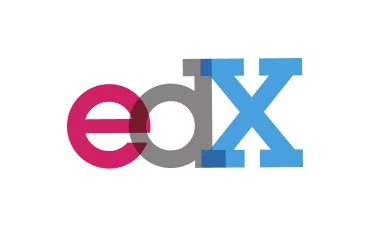When you enroll through our links, we may earn a small commission—at no extra cost to you. This helps keep our platform free and inspires us to add more value.

SDGAcademyX: The Best Start in Life: Early Childhood Development for Sustainable Development
Children are our future – so how do we give them the best beginning for a happy and healthy life?

This Course Includes
 edx
edx 4.9 (18 reviews )
4.9 (18 reviews ) 8 weeks at 2-4 hours per week
8 weeks at 2-4 hours per week english
english Online - Self Paced
Online - Self Paced course
course SDGAcademyX
SDGAcademyX
About SDGAcademyX: The Best Start in Life: Early Childhood Development for Sustainable Development
What does a successful early childhood care program look like? How has a child’s brain developed at the age of 3? How does nutrition impact the future well-being of a child into adulthood?
Learn the answers to these questions and more in "The Best Start in Life: Early Childhood Development for Sustainable Development". With leading experts in the field – hailing from Harvard University, New York University and UNICEF, among other institutions – we’ll explore how neuroscience, sociology, anthropology and other studies have influenced our understanding of early childhood development.
This course is for:
Graduate students and advanced undergraduate students in international development, teaching, nursing and medicine, and other fields who are interested in the key concepts and practices in early childhood development
Teachers, healthcare professionals and other practitioners interested in the societal and biological factors impacting the children they support
Sustainable development practitioners who want to understand the lifecycle of needs and support necessary to help children globally, including those who work for international aid organizations and nonprofits in the realms of poverty, nutrition and education
What You Will Learn?
- All about the brain: how neurological makeup affects children’s development.
- The intersection of childcare, education and other programming with policies at the national level and beyond.
- Case studies: how factors such as forced migration impact a child’s future.